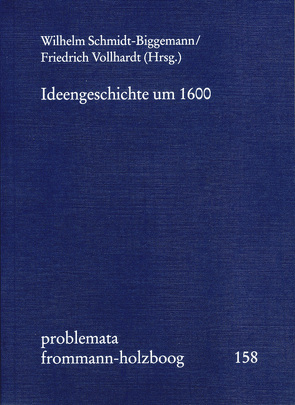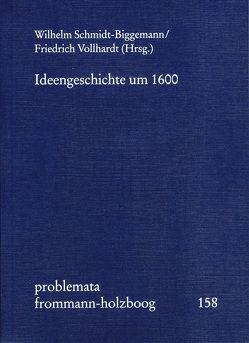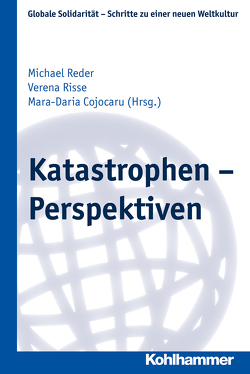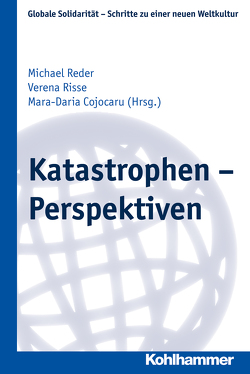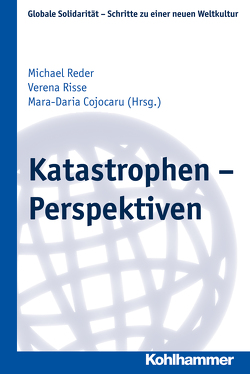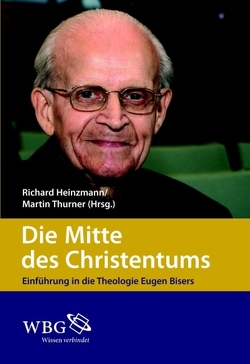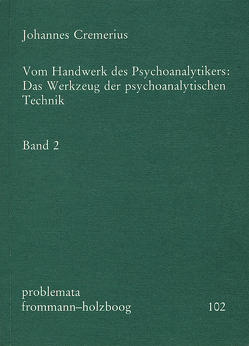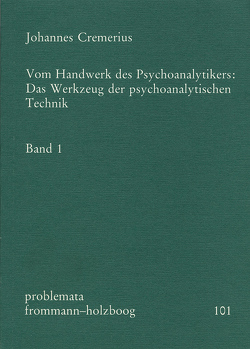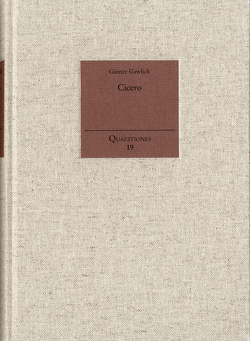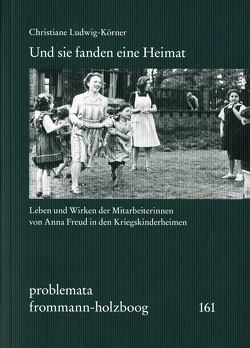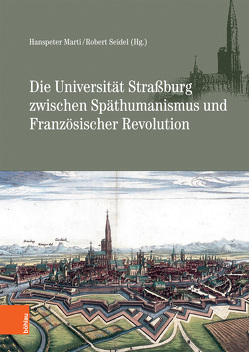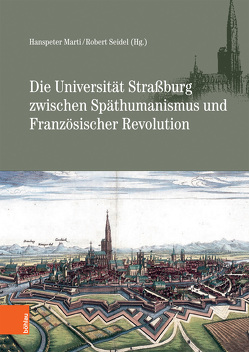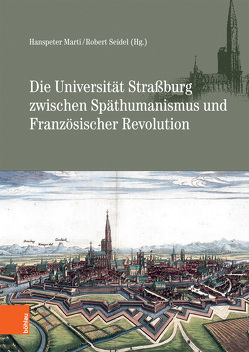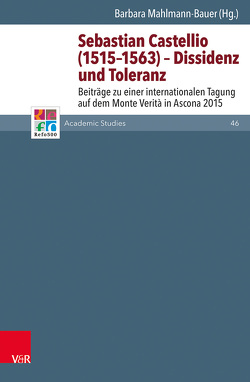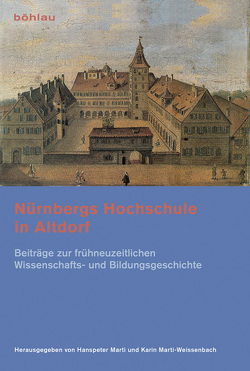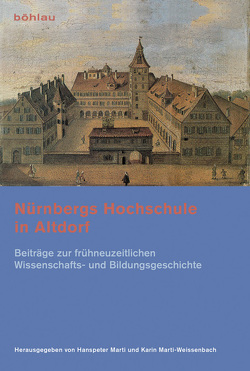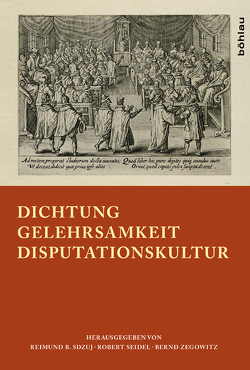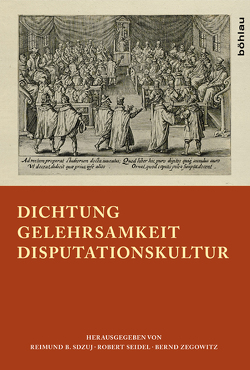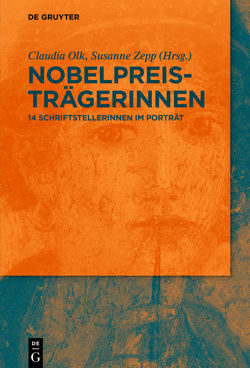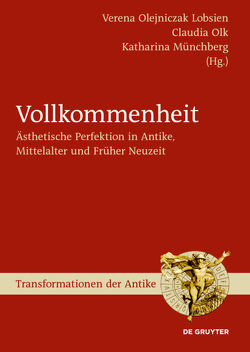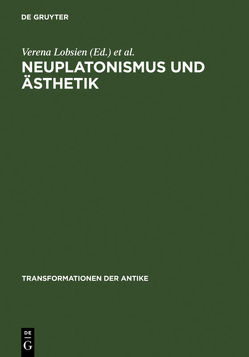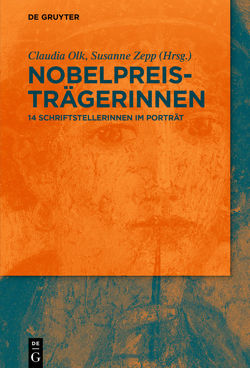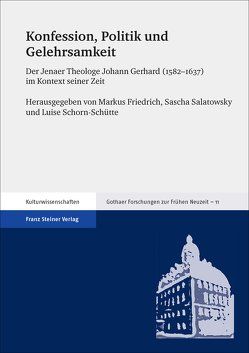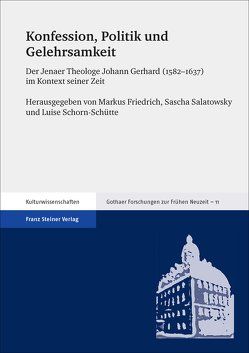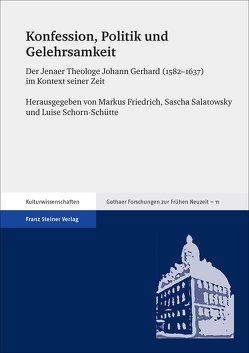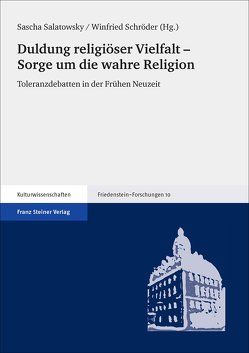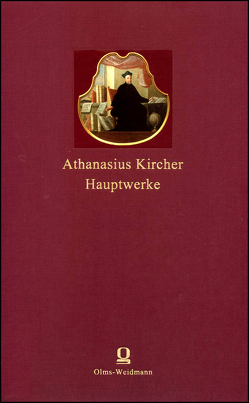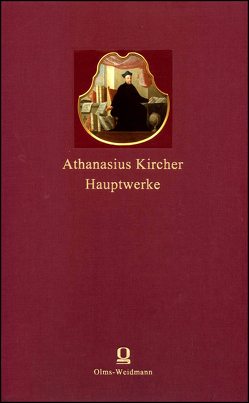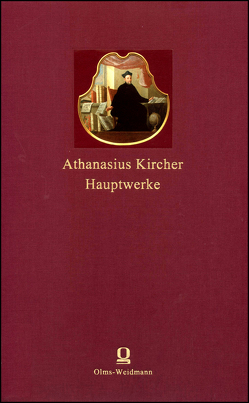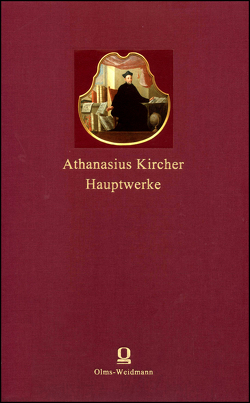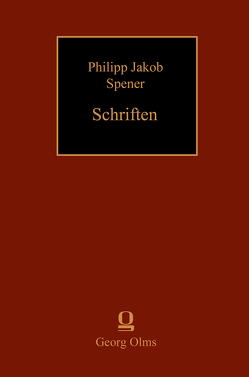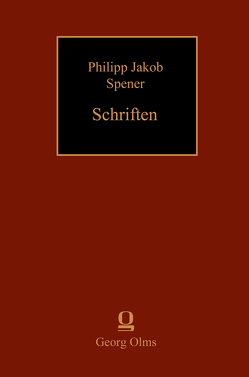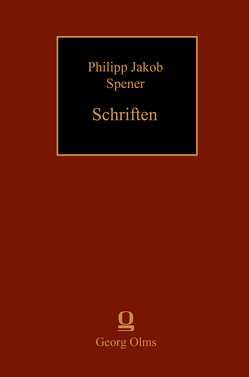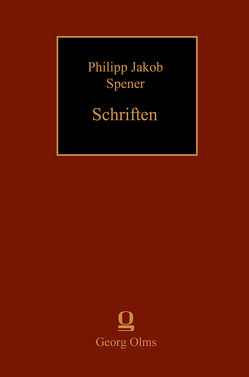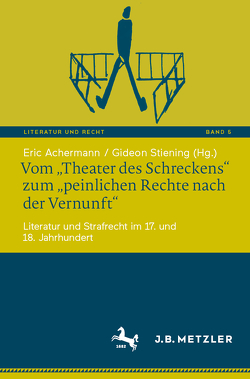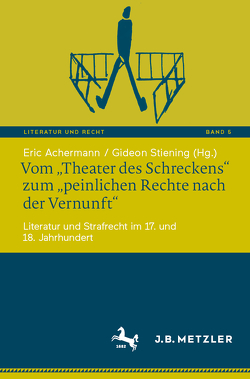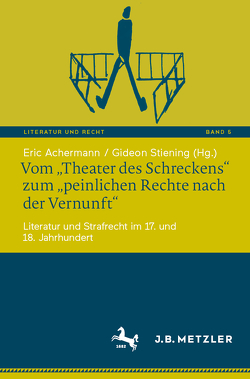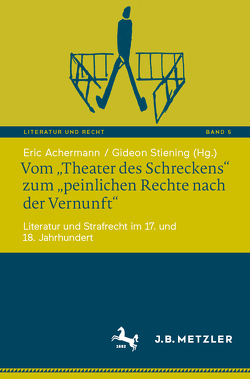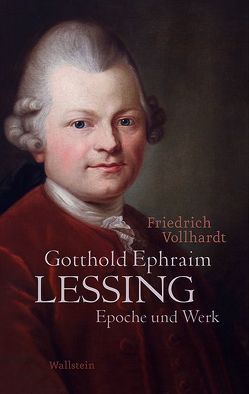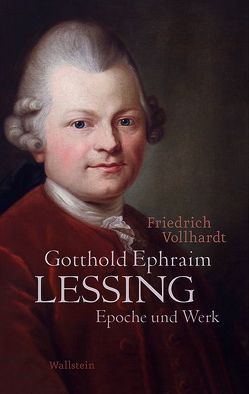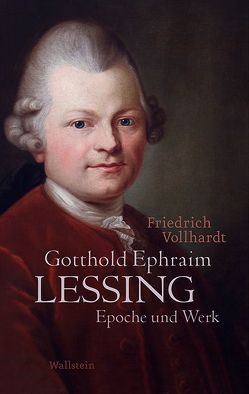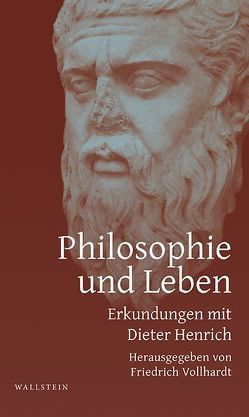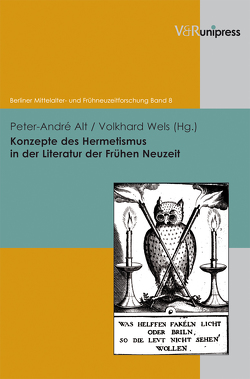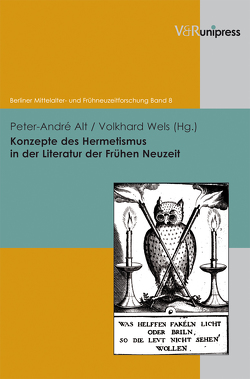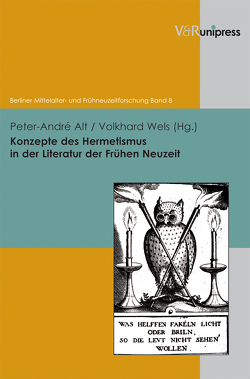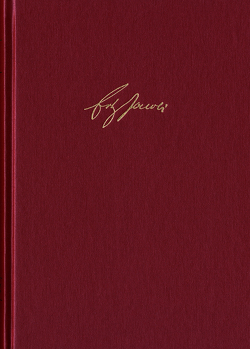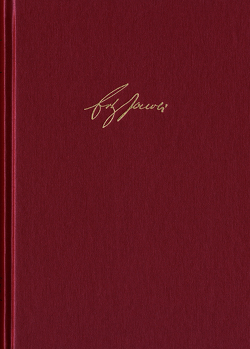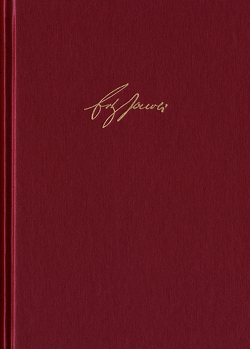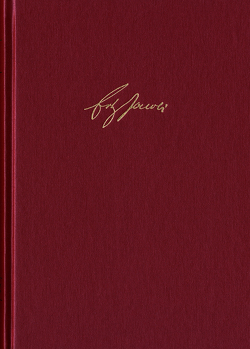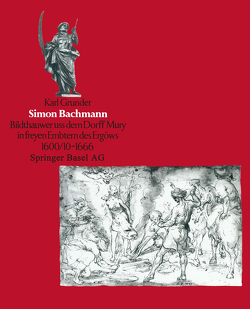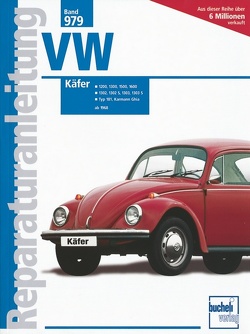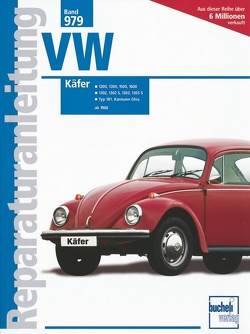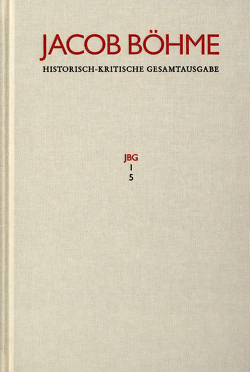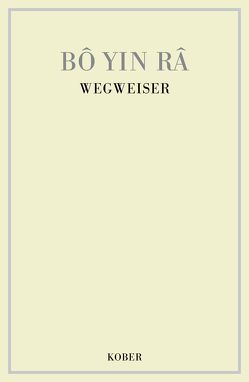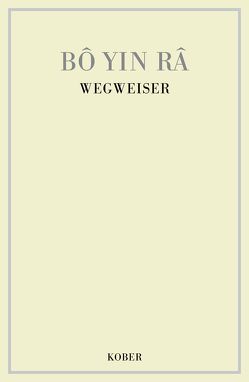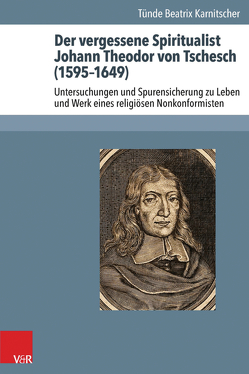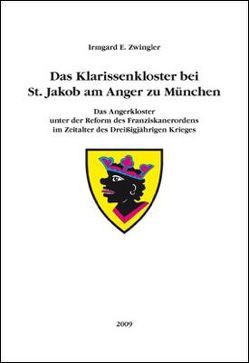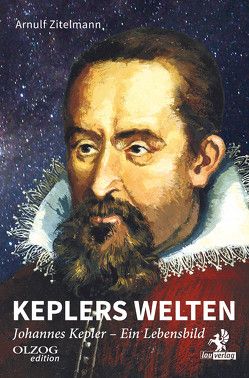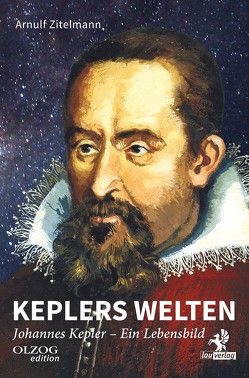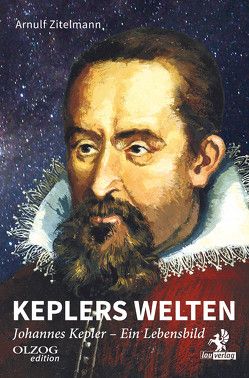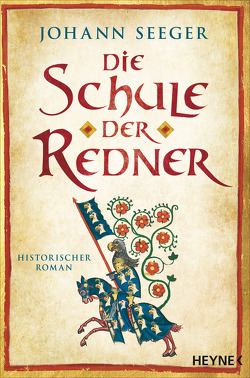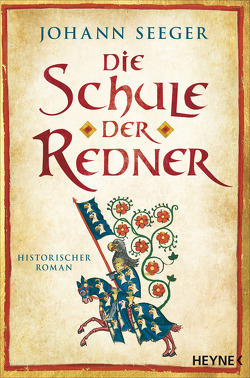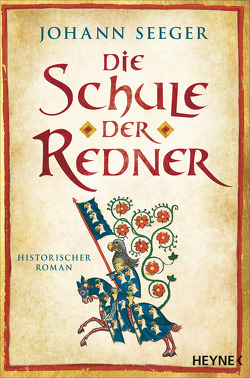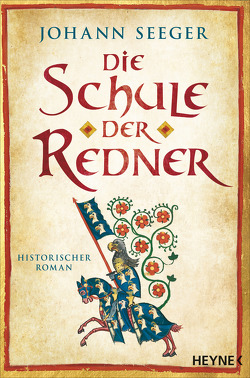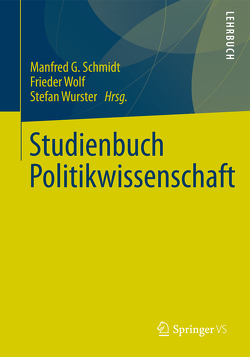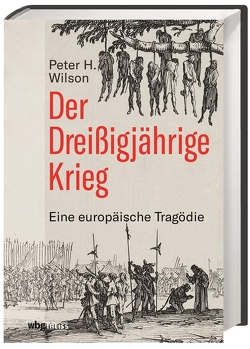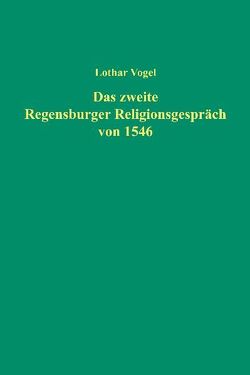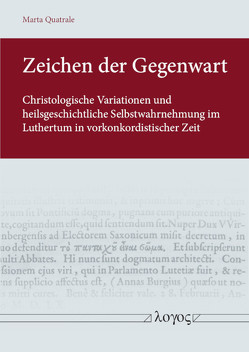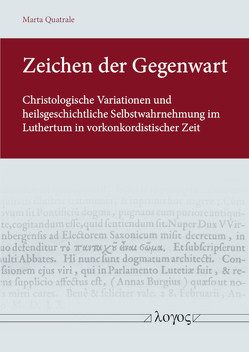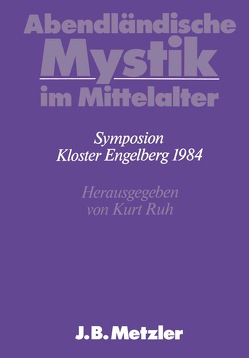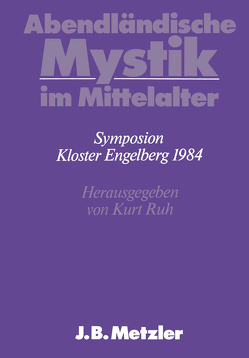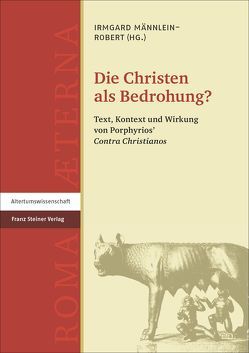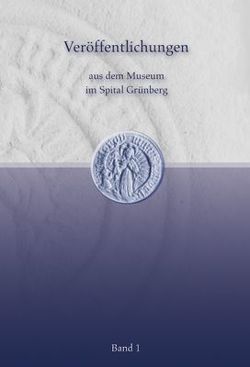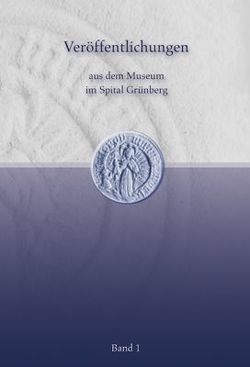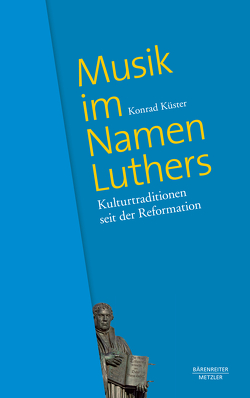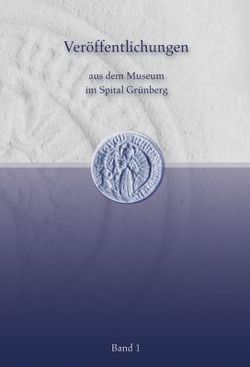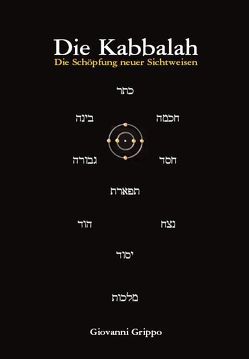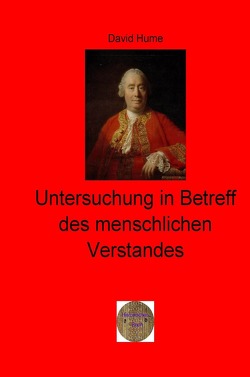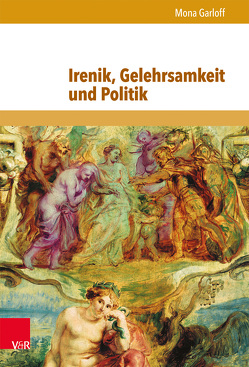Ideengeschichte um 1600
Konstellationen zwischen Schulmetaphysik, Konfessionalisierung und hermetischer Spekulation
Günter Bonheim, Norbert Brieskorn, Eckhart Holzboog, Wilhelm Kühlmann, Cecilia Muratori, Claudia Olk, Sascha Salatowsky, Wilhelm Schmidt-Biggemann, Johann Anselm Steiger, Gideon Stiening, Friedrich Vollhardt, Volkhard Wels
Die Jahrzehnte um 1600 sind in Europa von einer nervösen wissenschaftlichen und religiösen Aktivität bestimmt. Die Konfessionen sind alles andere als stabil, die Kirchen und Staaten kämpfen mit harten politischen Mitteln darum, sich gegen Zentrifugalkräfte zu behaupten. Denn unterhalb der institutionell gefestigten Mächte wirkt ein dynamisches Potential an Ideen weiter, das sich den dogmatischen Stabilisatoren nicht fügen wollte. Die zentralen, lange wirksamen Topoi stammen aus dem Florentiner hermetischen Neuplatonismus, der spätmittelalterlichen Apokalyptik und der Reformation. Nur vor dem Hintergrund dieser geschichtstheologischen Erwartungen, die sich auch auf die Erlösung und Vollendung der Natur beziehen, sind Bewegungen wie der Paracelsismus, Valentin Weigels und Jakob Böhmes Naturtheologie, Giordano Brunos Pantheismus, die Blüte der christlichen Kabbala bei Heinrich Khunrath, Robert Fludd und Athanasius Kircher, die mit der Wirkung des Corpus Hermeticum koinzidiert, der Langzeiterfolg von Johann Arndts Wahrem Christentum oder auch die Wirkung der Rosenkreuzerschriften Johann Valentin Andreaes zu begreifen. Diese Spannungen werden sich im Dreißigjährigen Krieg politisch und theologisch entladen und, weil sie nicht nationalstaatlich gelöst werden können, die deutsche Entwicklung noch lange bestimmen. Das gilt nicht nur für die Politik, sondern auch für die Ideengeschichte; ihre Langzeitwirkung reicht über den Pietismus bis in die Deutsche Romantik und darüber hinaus. – Mit dem vorliegenden Band wird erstmals der Versuch unternommen, die Geistesgeschichte am Vorabend des Dreißigjährigen Krieges als Panorama zusammenzufassen. Über die formale Charakterisierung als »Späthumanismus« hinaus werden nicht nur die formalen Bedingungen des gelehrten Austausches – Briefkultur, Respublica literaria, Orientierung an der Antike – dargestellt, sondern auch theologische, naturphilosophische, kultur- und denkgeschichtliche Strukturen sichtbar, welche die Zeit um 1600 als Epoche mit eigenem Profil konturieren.
During the decades around the year 1600, Europe is characterised by frantic scientific and religious activity. Religious denominations are anything but stable, while churches and nations deploy all the political means at their disposal in order to prevail against the centrifugal forces that afflict them – for below the level of institutionally entrenched powers, a dynamic potential of ideas that refuses to submit to dogmatic stabilisers continues to exert its influence. Its central, long-lasting topoi originate from Florentine hermetic Neoplatonism, late medieval apocalyptic literature and the Reformation.
It is only against the backdrop of these historico-theological expectations in regard to the redemption and ultimate completion of nature that intellectual phenomena like Paracelsism, Valentin Weigel‹s and Jakob Böhme‹s natural theology, Giordano Bruno’s pantheism, the flowering of Christian Kabbalah as practised by Heinrich Khunrath, Robert Fludd and Athanasius Kircher (which in turn coincides with the impact of the Corpus Hermeticum), the long-term success of Johann Arnd‹s True Christianity as well as the effect of Johann Valentin Andreae‹s Rosicrucian writings can be properly understood.
Erupting politically and theologically in the Thirty Years‹ War, these tensions will have a lasting influence on the course of German history due to the absence of a nation state capable of resolving them. This holds true not only for the realm of politics, but also for the history of ideas; the long-term effects of these tensions extend via Pietism to German Romanticism and beyond.
This volume is the first attempt to provide a panoramic summary of intellectual history on the eve of the Thirty Years‹ War. On top of characterising these phenomena as instances of »Late Humanism,» this survey not merely describes the formal conditions of learned interchange (letter culture, respublica literaria, orientation towards antiquity), but also renders visible relevant structures in fields as diverse as theology, natural philosophy, cultural history or the history of ideas, structures which clearly suggest that the years around 1600 can be regarded as a period of its own with a distinct and specific profile.
